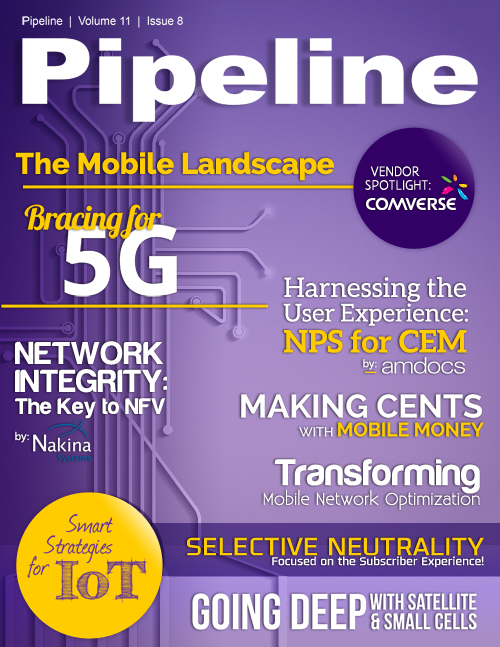3 Keys to Transforming Mobile Network Optimization
2. Collect and analyze subscriber performance and behavior in real time
Closely tied to a centralized network performance dashboard is the ability to monitor mobile network conditions in real time or near real time. These data points are constantly fluctuating as subscribers change their network utilization patterns. Even within the same mobile cell, some subscribers may have positive experiences, while others have very negative experiences. Mobile operators must, therefore, be able to access reliable, accurate and up-to-date subscriber performance data to ensure the best possible QoE for every individual subscriber.
Operators simply cannot cater to the average anymore. Network performance monitoring used to measure the mean subscriber experience, so a few dissatisfied customers here were nothing more than outliers. But, now, operators need to focus more on these individual subscribers. Even if only 2 percent of customers are dissatisfied with their service, what if each of those 2 percent were all located in the same neighborhood? That’s why network and service performance needs to be more granularly monitored.
After all, given that the quality of the mobile service directly impacts subscriber churn, being able to quickly resolve issues experienced by every customer is a core activity of any mobile operator. Being able to resolve problems before the customer notices is even better.By seamlessly integrating network information with subscriber localization and identification data, mobile operators will have the necessary insight to quickly troubleshoot where the problems are and then fix them, thus maximizing QoE. In an industry where customer service is largely reactive – 43 percent of customer issues require two or more calls to resolve – proactive, real-time mobile service assurance can make all the difference in minimizing churn.
3. Tie back data to other areas of the network lifecycle
It’s also important that mobile operators don’t look at end-to-end subscriber information in a vacuum; this knowledge should provide them with powerful insights to fuel other critical components of their network lifecycle management process.
For example, with knowledge of current customer behavior, mobile operators can better plan new networks, because they’ll know which services subscribers will use most often. They’ll be able to create tailored service packages, allowing them to serve subscribers on a more personal level. This will help mobile operators maximize the value that they get from their customers, and also win new high-value customers.
By combining performance and subscriber information with an integrated network planning and optimization practice early on, too, mobile operators will see even better results with their ongoing 4G/LTE deployments. This is an important step in improving the efficiency of mobile operators’ plan-build-operate cycles which are becoming increasingly important for next-generation network rollouts.
The key to retaining customers is quality of experience
Ultimately, a primary goal of mobile network optimization and performance management is to prevent churn and keep current customers, as retention is more cost-effective than new customer acquisition.
Another factor, not surprisingly, is that some markets are already nearing a saturation point of mobile users – global mobile subscribers are expected to cross the 4 billion mark in 2018. Quite simply, there just aren’t as many opportunities for mobile operators to acquire new customers. As such, mobile operators must shift their primary focus from gaining new subscribers to retaining the customers they already have.
To keep these subscribers, particularly high-value VIPs, the key for mobile operators will be to continue to deliver consistent and strong network QoE. With a platform that orchestrates network performance throughout the entire lifecycle, as well as provides a centralized, end-to-end, customer-centric view, mobile operators will find that the intricate next-generation networks of 2015 and beyond will not be so difficult to manage after all.



















